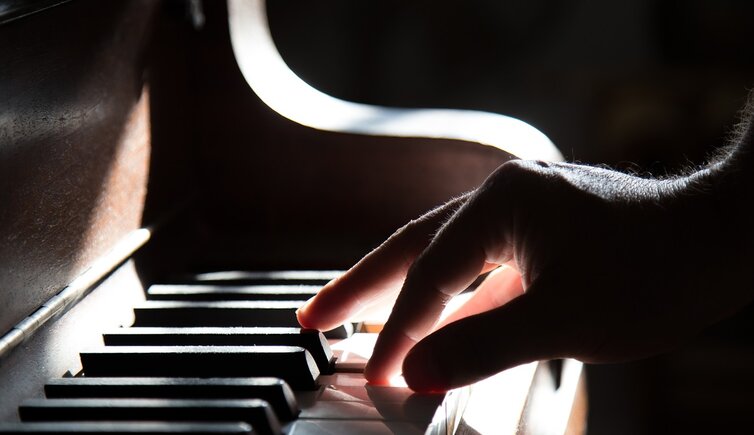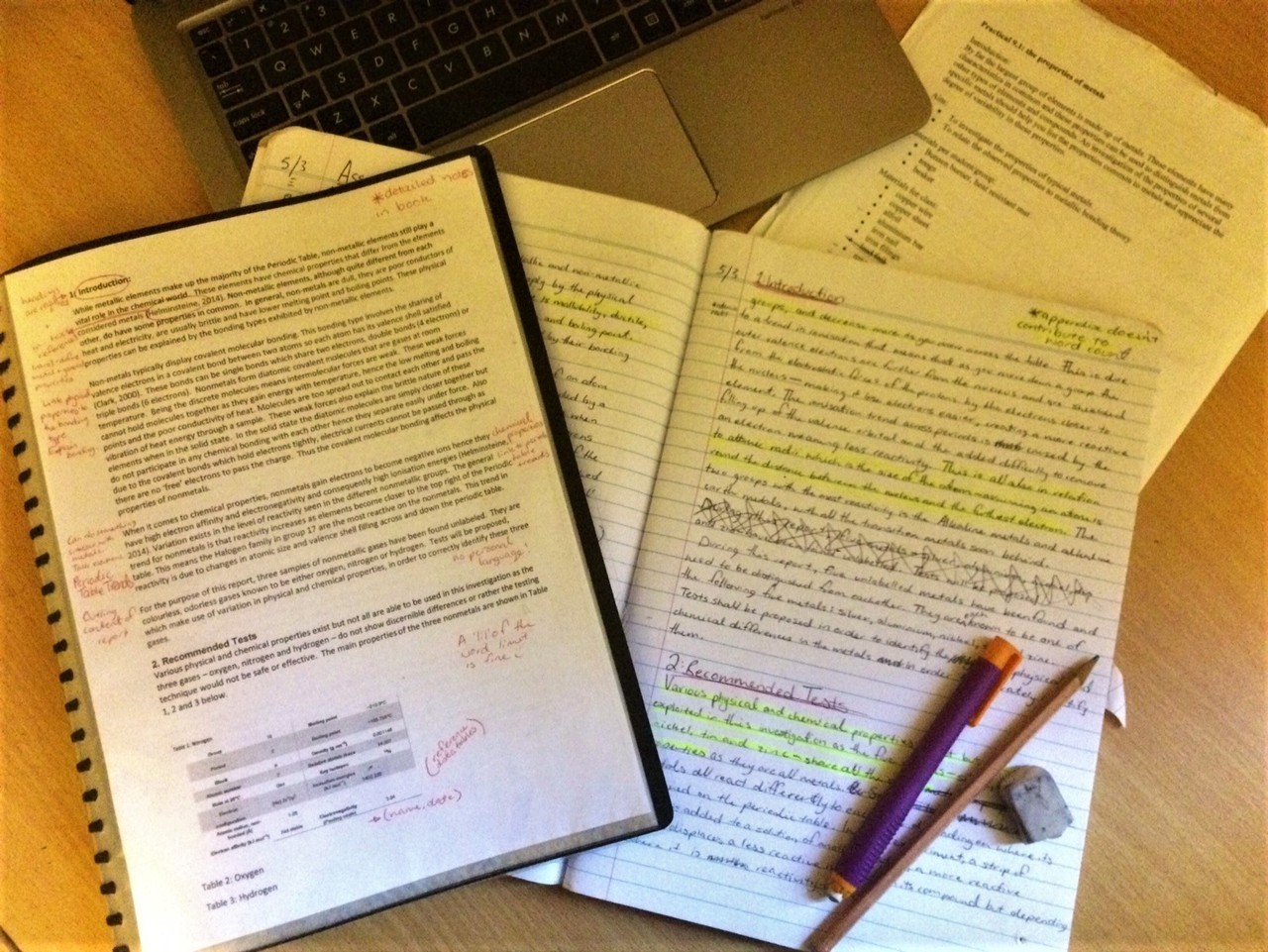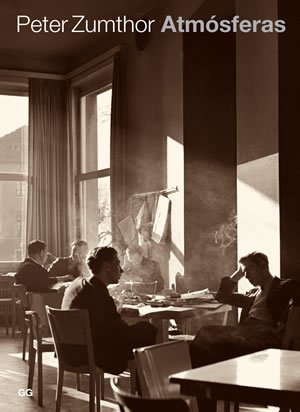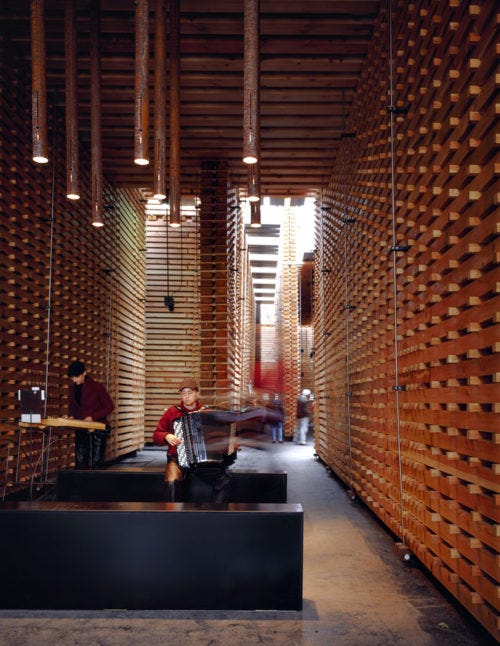W3 Assignment:
1-2 Project Ideas that evoke the body and movement without them being present in the spaces.
Digital Idea#1: <The Little Travelling Notes We Leave Behind> / <Travelling Notes>

An arduino will power up a “piano” in a room, which is also linked to a touch sensor and recorder (Microphone). The “piano” is actually made up of various buttons that could be placed in various places. This will be placed in an enclosed space. Whenever a person enters the space for five minutes per period, they can feel free to press any of the buttons.
When the buttons are pressed down, it will record the sound that is played while also playing a specific sound out loud. This will carry on for a whole day or period. By the end of the period, all the recorded sounds can be compiled in sequence to create a “music track” that will be a representative of the “footsteps” visitors have left behind in the booth during their visit.

Analogue Idea#2: <“All Schools are Good Schools”>

by https://kotaku.com/hardcore-studying-in-china-looks-absolutely-frightening-1498555160
Revolving around the concept of how the government constantly emphasizes that “All Schools are Good Schools”, yet it is increasingly so that parents are dumping their kids in hoards of tuitions and additional classes, such an idealistic dream is clearly a flop. Every student is forced to study madly and compete with each other against the bell curve in order to get into a good school, or to make their CV look good with that 5.0 GPA. My idea will be a photographic representation of how much each student studies throughout a school year.
This Art Piece will be presented in the form of a photo collage consisting a grid of 26 by 26 photographs. 26 students, consisting Primary School, Secondary School, Junior College and University students will take part in this art collage.

At the start of the school term and for every two weeks, each student will take a photo of the state of their study table at a consistent angle (the table they use the most for studying at home or dorms). Their study tables do not have to be the same table throughout; as long as it is a table they study at. It does not have to look pleasant either.

This will be carried out for a year and the photos will be collected. By the end of this project, each student will have submitted 26 photographs.
Each photograph will then be arranged chronologically from Day 1 to Day 365. As shown below, each column depicts ONE person, while each row depicts each day for each photograph taken. I.e. P1 is Person 1, P2 is Person 2, etc. while P1.1 is Person 1’s first photo, P1.2 is Person 2’s second photo, etc.

*Note that there should be 26 squares, not just 10 as shown in the picture above.
In that sense, once all the photos have been published, we can compare side by side how each student studies throughout the year; the number of books they study, the stationery they use, the number of foolscap paper pads they have already gone through, stale and fresh eraser dust still left behind, etc. This can even include the game consoles they play at their desks during study breaks or during vacations where they do not have to study, etc. We can compare such photos to those of extremely diligent students who still study during vacation. It will then be an artistic representation of a student moving through their days within a year while studying.

How hard do students actually study, then? Ultimately, it can depend on one’s individuality, or one’s home environment.
Suggested Ideas by Profs:
- Make physical rooms rather than photographs, many different rooms
- Auto-snap camera — more natural




